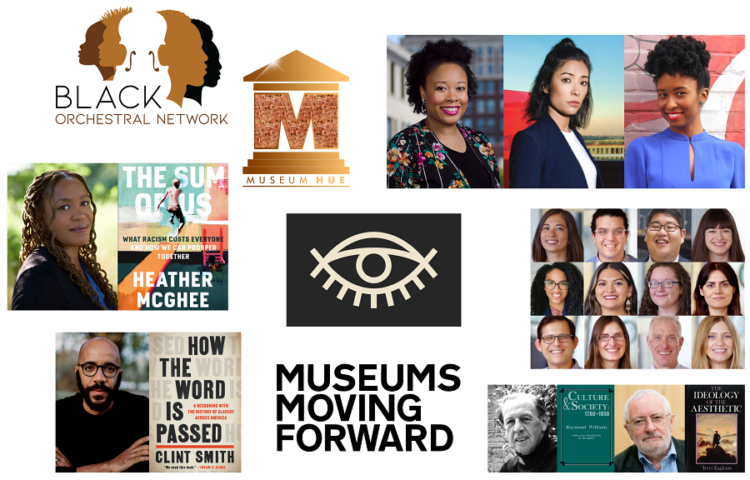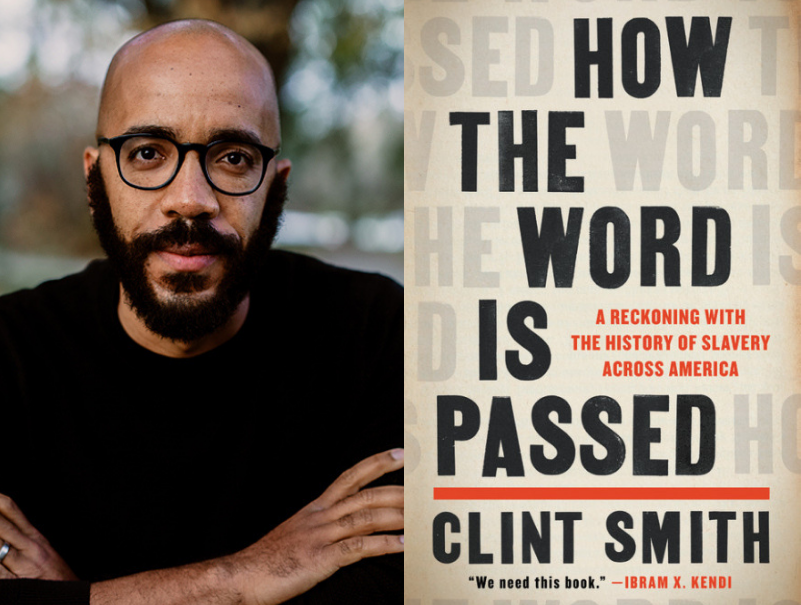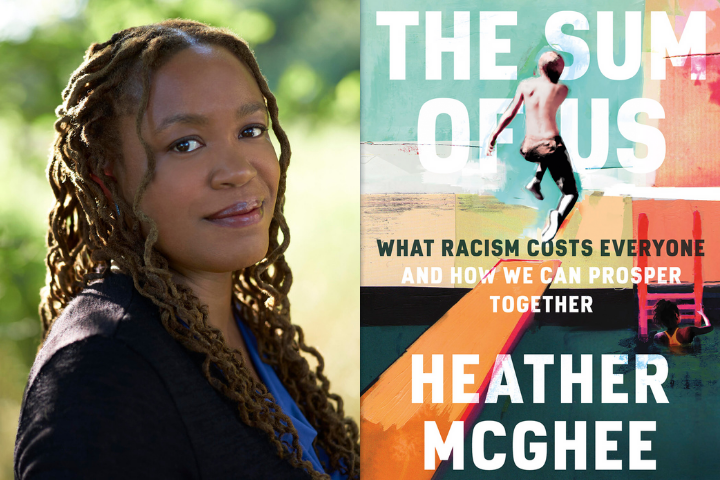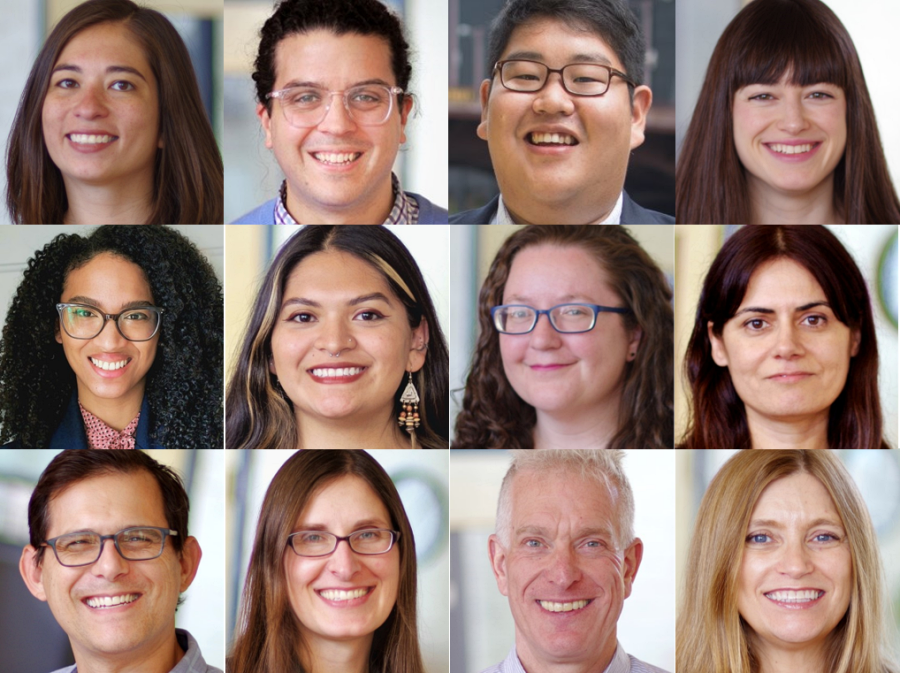News & Notes
Seven things I’m grateful about as another weird year winds down
Inspired by the heartfelt personal reflections my friends and partner shared around our Thanksgiving table a few days ago, here are some things that have made me grateful in my professional life during 2022. And not just things, of course: people, including a few I’ve “met” only through their words.
In no particular order, here we go.
1. Clint Smith, for showing me in How the Word Is Passed the role that historic sites and history museums can and must play in the work of truth-telling, un-erasing, and mind-changing.
I shouldn’t have been surprised; we’ve worked for years with those kinds of organizations. But this award-winning book, which was published in 2021 and which I just read, felt like a revelation. It’s a vivid, deeply felt and rigorously researched journey into the history of slavery through visits to eight sites, mostly in the U.S. but also Gorée Island off the coast of Dakar, Senegal. As one of the tour guides Smith encounters says, the story of slavery isn’t just Black history, nor even just American history: “This is world history.” That guide, Damaras Obi, is one of many brilliant and brave historians, interpreters, guides, guards, and artists Smith introduces us to, who are doing that work and changing those minds, often one defensive white visitor at a time.
Note the present-tense in the book’s title: not “Was” but “Is.” Keep passing it on.
2. New and existing organizations and coalitions around the cultural sector that are pushing hard and brilliantly toward equity.
I’m thinking of the Black Orchestral Network (founded earlier this year), Black Opera Alliance, Museums Moving Forward (which we’re proud to be working with on a national art museum workplace study), Museum Hue, We See You White American Theater, and MASS Action (Museum as Site for Social Action), to name-check just a few. Likewise all the projects and publications pushing in the same direction, like the National Leaders of Color Fellowship, which launched a few months ago; AAM’s new equity and inclusion standards for museums; a major new toolkit for embedding equity into public spaces from the Urban Institute and The High Line Network; the Mellon Foundation’s achingly important Monuments Project; and, adjacent to the arts and culture field but hugely relevant to us, the Equitable Evaluation Initiative (whose framework is a must-read for research and philanthropy folks).
These projects and many others are led by clear-eyed, passionate people who have no patience for the hierarchies and exclusions that have long characterized the cultural sector in this country. Deepest thanks to them for reminding me that “advocacy,” which in our field used to mean trying to get more resources to support the status quo system, can also mean trying to transform that system. Rock on, y’all.
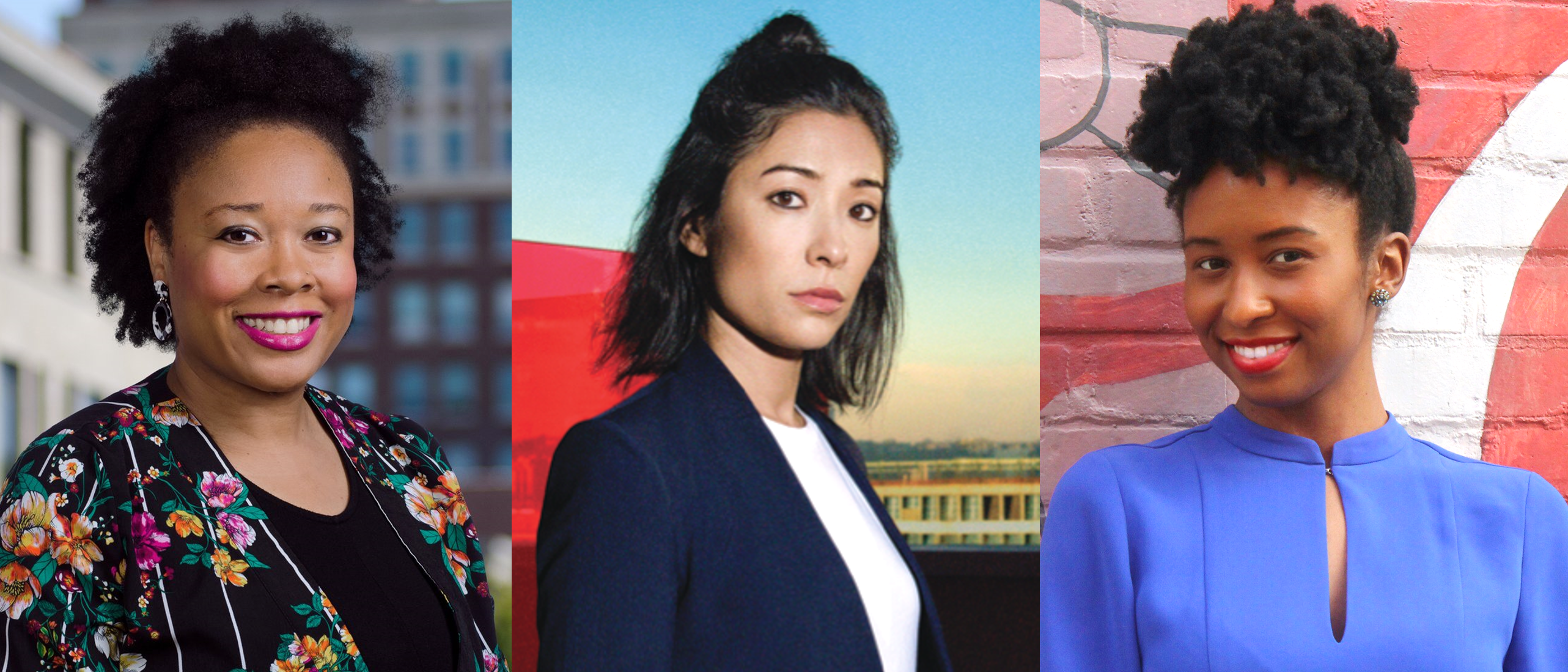
A few of the visionaries I’m grateful for: from left, Jennifer Arnold, violist, artistic planner, and co-founder of the Black Orchestral Network; Mia Locks, independent curator and Museums Moving Forward‘s head of strategy and editorial committee; and Stephanie Johnson-Cunningham, co-founder and director of Museum Hue.
3. Clients who welcome critical honesty from me and my colleagues — and from their communities and audiences via our research.
Not everyone working at a cultural institution or foundation is ready to hear that they themselves — their assumptions, thinking, ways of working, ways of relating to others — may be part of the problem that they and the institution are trying to solve. Yet that’s sometimes the deeper finding of the research or evaluation work we’re commissioned to do. And it makes sense, since the barriers to equity, diversity, inclusion, belonging, and justice in the arts and culture sector historically were, and in some sense still are, intentional: features of the system, not bugs in it. (I’ll be posting more about those histories soon.) So institutional change requires real self-critique, at multiple levels of “self.” And yes, I know this applies to me and my firm, as well; we’ve got more to learn and unlearn. Meanwhile, kudos and gratitude to our clients who are ready to, at a minimum, hear it even when it’s tough.
4. Old and new friends who could’ve been competitors but are collaborators and confidants instead.
This goes way back; I’ve always felt fortunate to have such a rich, supportive community of fellow researchers, consultants, and practitioners around the arts and culture field. But I’ve been particularly thankful for those peers and colleagues in 2022, perhaps because we’ve been doing even more collaborating, conferring, advising, and partnering than usual. I’ve learned so much from white consultants who have generously talked with me about their own evolutions toward equity, and from people of color in the field who, equally generously, have shared about what they’ve been seeing, feeling, and working on. The trust they’ve offered in those conversations has been an unearned gift.
5. Raymond Williams and Terry Eagleton, whose influential books from the 1950s and 1980s, respectively, I finally read this year.
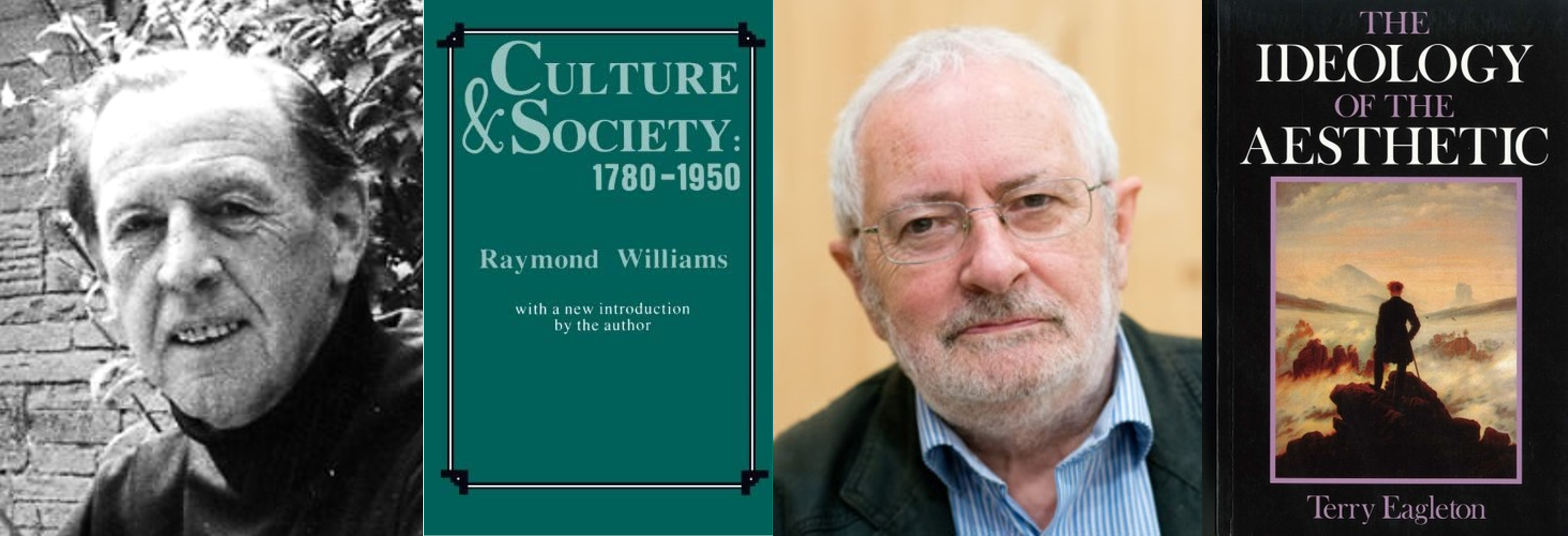
Together, Williams’s Culture & Society 1780–1950 and Eagleton’s The Ideology of the Aesthetic showed me how to begin critiquing the Western (that is, European, white) tradition I had imbibed in grad school about what “culture” and “art” are, what they’re for, and who they’re for. Their critiques are Marxist, which feels a little dated. But they’re eye-opening in exactly the ways I needed this year, and I can’t stop thinking about how to extend their arguments to the present day and to this side of the Atlantic — which could support the U.S. cultural sector’s racial reckoning and transformation. (I started to write about that extension in an essay recently, and I’m also grateful to several friends and colleagues who read various drafts and offered invaluable feedback — critiques of the critique are always valuable!)
6. Heather McGhee, whose book The Sum of Us: What Racism Costs Everyone and How We Can Prosper Together supplies such a powerful explanation of the politics of American resentment that I don’t think I could have made sense of 2022 without it.
If you haven’t heard McGhee talk about the many communities around this country that, in the twentieth century, drained their public swimming pools rather than integrate them, you’re missing one of the most cogent, revelatory political science theories of our time. After giving a slew of brilliant interviews on podcasts and talk shows, McGhee launched her own “Sum of Us” podcast with Spotify a few months ago. Her work is a shining example of how policy research and cultural sociology can matter far beyond the ivory tower, something my colleagues and I can learn a lot from. Speaking of whom…
7. My colleagues at Slover Linett, whom I learn from every day as we work, laugh, debate, grow, and support each other.
I hope you, dear reader, get to know them in 2023, or know them better, because they are a group of wonderful and talented people. Watching them step up, step in, and contribute to change in the cultural sector was a thrill for me this year, and I feel fortunate to work with every one of them. Speaking of stepping up, this was the year Jen Benoit-Bryan became president of the firm, and I’m personally and professionally grateful for her colleagueship and leadership every day. I’m also thankful for the trust and confidence that our new — in fact, just-now-arriving — colleague, Eddie Chong, is placing in us by joining the firm . . . just as we head into what may be another confusing, but also clarifying, year.
I’d love to hear what you’re grateful for, and what’s been confusing or clarifying to you in 2022. Email me here. And stay tuned for our holiday e-card in the coming weeks.

